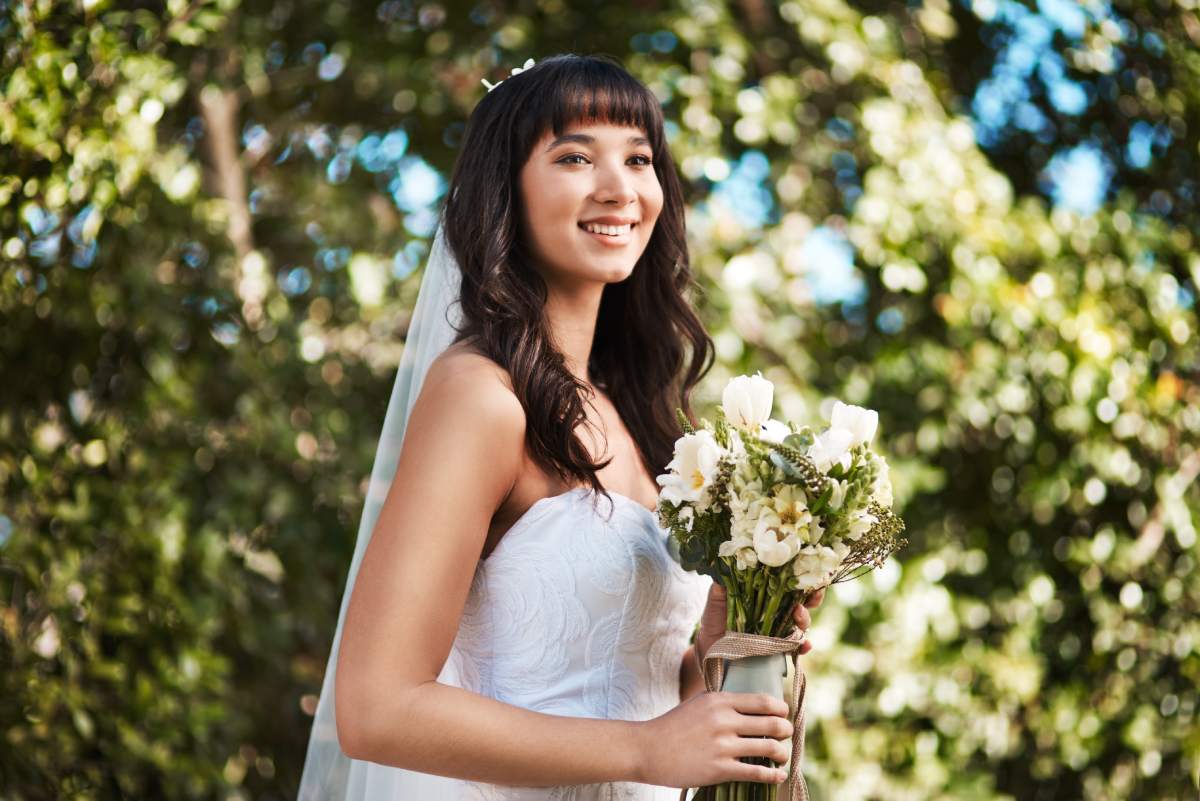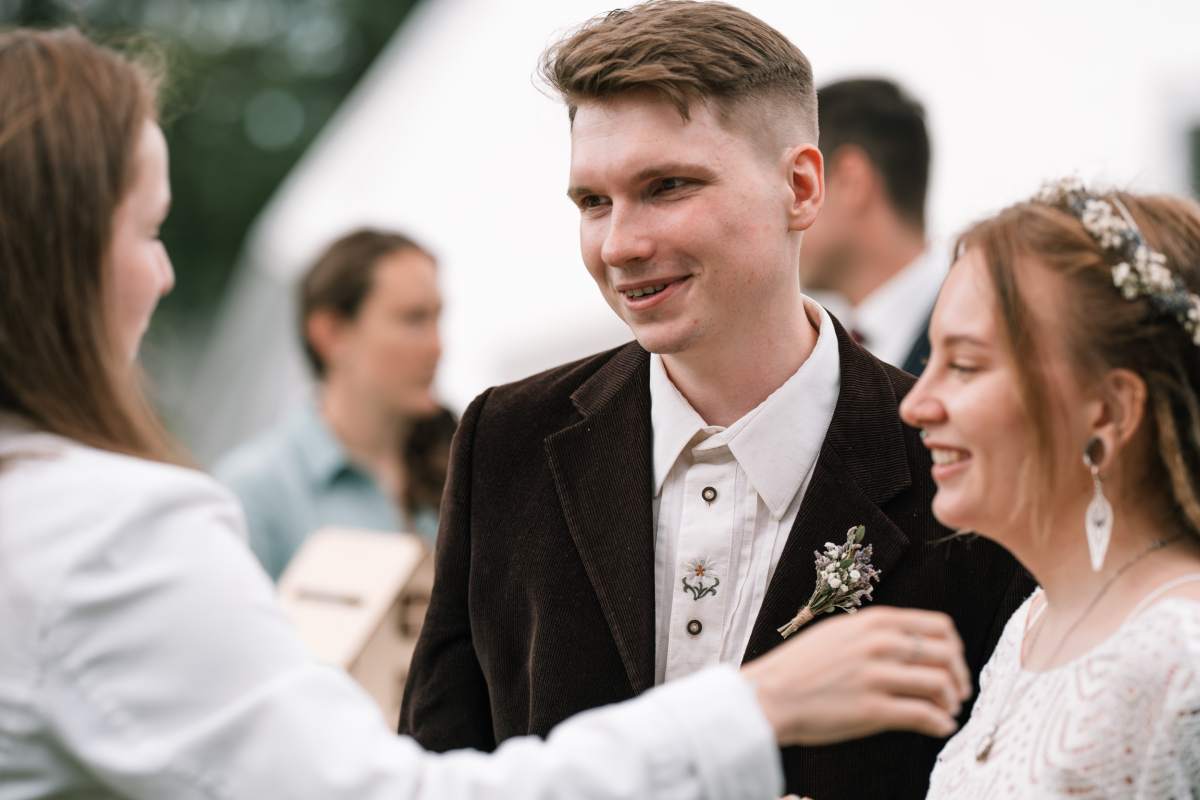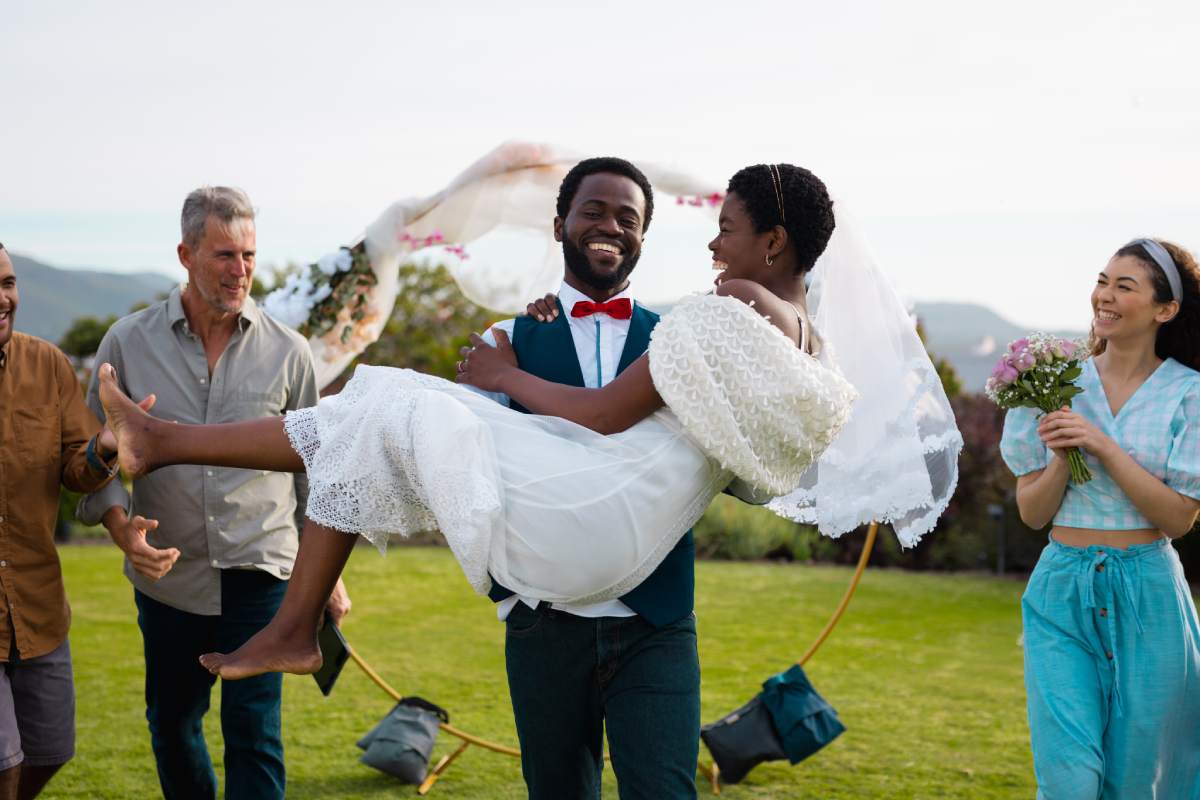Weddings are a time-honoured tradition across cultures, symbolizing the union of two people and their families.
In Australia, as in many countries, there are customs, expectations, and a mix of modern and traditional practices that influence the distribution of wedding costs between the bride and groom.
While every couple’s situation is different, there are some customary trends regarding who pays for what during a wedding in Australia.
Historical Tradition of Wedding Costs
Historically, it was often the bride’s family who bore the majority of the wedding expenses, a custom that stems from the old dowry system, where the bride’s family gave money or goods to the groom’s family. While dowries are no longer part of Australian wedding customs, the expectation for the bride’s family to cover a significant portion of the expenses continued for many years.
However, modern Australian weddings have evolved significantly, and today, there is a much more balanced approach between both families and the couple themselves. In fact, many couples now pay for their weddings entirely on their own. But for those who still follow traditional roles, here’s a look at the customary expenses covered by the groom, bride, and their families.
Modern Wedding Practices
In contemporary Australia, most couples opt for shared expenses. According to recent surveys, many couples prefer to contribute equally to wedding expenses, dividing costs based on their financial situations. That said, some traditions regarding the groom and bride’s financial contributions remain intact, with certain expenses being associated more closely with one party than the other.

Customary Expenses for the Bride
Though wedding traditions vary across different cultures and regions, there are some customary items and services that brides are typically expected to pay for or have their family cover. These are traditions that still resonate in many Australian weddings.
1. The Bride’s Dress and Accessories
The bride’s attire, including the wedding dress, veil, shoes, and any accessories, is traditionally covered by the bride or her family. Bridal gowns in Australia can range from a few hundred dollars to tens of thousands, depending on the designer and style. Customarily, bridesmaids’ dresses are also paid for by the bride, although some modern brides may ask their bridesmaids to contribute towards or purchase their own dresses.
2. Beauty and Pre-Wedding Treatments
Brides traditionally cover the cost of beauty services such as hair, makeup, nails, and any pre-wedding treatments like facials or spa sessions. This also extends to the bridal party, with many brides choosing to cover the costs for their bridesmaids’ beauty treatments as well.
3. Bridal Party Gifts
In Australian weddings, it’s customary for the bride to provide gifts to her bridal party as a token of appreciation. This can include personalized jewellery, robes, or other keepsakes, typically given at the rehearsal dinner or before the wedding.
4. Wedding Stationery and Invitations
Another common expense for the bride and her family is the cost of wedding stationery, including invitations, save-the-date cards, and thank-you notes. The design and printing of wedding invitations can vary in cost depending on the intricacy and personalization of the stationery.
5. Reception Décor
While the couple often shares the cost of the reception venue, it is traditionally the bride and her family who take charge of the decoration. This includes floral arrangements, lighting, table settings, and any other aesthetic aspects of the venue.

Customary Expenses for the Groom
The groom’s financial contributions to the wedding often focus on specific key areas, some of which are traditional and still maintained in many Australian weddings today.
1. Engagement Ring and Wedding Bands
The most significant financial responsibility for the groom is usually the engagement ring. In Australia, it’s traditional for the groom to purchase the engagement ring, although many couples now choose the ring together. The groom is also typically responsible for purchasing both the bride’s and his own wedding bands.
2. Marriage Licence and Official Fees
In Australia, obtaining a marriage licence and registering the marriage incurs a fee, and it is customary for the groom to cover this expense. These costs vary depending on the state and specific services, such as whether a celebrant or registry office is used.
3. The Groom’s Attire
Just as the bride is responsible for her dress, the groom traditionally covers the cost of his suit or tuxedo. This may also include the cost of attire for the groomsmen, although, like with bridesmaids’ dresses, some grooms may ask their groomsmen to purchase their own suits.
4. Wedding Transport
In many Australian weddings, the groom is responsible for arranging transport for the wedding day. This typically includes hiring vehicles for the bridal party, such as limousines or classic cars, and ensuring transportation for the bride to the ceremony and the newlyweds from the venue.
5. Honeymoon
One of the most notable traditional expenses for the groom is the honeymoon. Historically, the groom would plan and pay for the entire honeymoon as a surprise for the bride. In modern Australian weddings, many couples now plan the honeymoon together and split the costs, but the groom often covers a significant portion of the expense or arranges for special surprises throughout the trip.
Shared Expenses
While there are traditional roles in wedding costs, many couples in Australia now choose to split a majority of the expenses or cover specific parts based on personal preferences, shared savings, or contributions from both families.
1. The Reception
The reception is often the most expensive part of an Australian wedding, and it’s common for both the bride and groom (and sometimes their families) to share this cost. This includes the venue, catering, drinks, and entertainment. Given the high price of reception venues in Australia, with some costing upwards of $150 per guest, sharing these expenses can help make it more manageable for both parties.
The service style you choose will have the biggest impact on your catering bill. The more waitstaff and equipment required to distribute a meal to guests, the more costly it will be. Family-style service, where large dishes of each menu item are passed around the tables, is typically the most expensive service style and needs to be factored into the shared expense.
Whether you require a fully comprehensive package or would like to handpick a selection of services, we carefully discuss every detail with you before providing a tailored package designed to suit your individual needs. At Dining Abode, they’ll ensure that your event is a special and memorable occasion for you to treasure.
2. Photography and Videography
The cost of professional photography and videography services is usually a shared expense between the couple. Given the importance of capturing wedding memories, couples are willing to spend a significant amount on these services, with professional photographers in Australia charging anywhere from $2,000 to $10,000 depending on the package.
3. Flowers
Floral arrangements, including the bride’s bouquet, corsages, boutonnieres for the groomsmen, and reception flowers, are often a shared cost. While traditionally covered by the bride’s family, modern couples now split these costs, especially for large-scale floral decorations at the reception.
4. Entertainment
Whether it’s a DJ, live band, or a curated playlist, entertainment is an integral part of most Australian weddings. Couples typically share the cost of booking the entertainment, as it’s an essential component of the overall wedding experience.
Contributions from Both Families
In many Australian weddings, both families contribute financially, either through specific expenses or by providing a lump sum to the couple. This can alleviate some of the financial burdens on the couple and allow both families to feel involved in the celebration.
While traditionally, the bride’s family would cover the majority of the wedding expenses, modern Australian weddings are more flexible, with costs often being shared equally between both families or adjusted based on each family’s financial capacity.
Final Thought
Weddings in Australia are no longer bound strictly by tradition when it comes to finances. While certain expectations remain, many couples choose to divide the costs in a way that makes sense for them, their families, and their financial situation. In some cases, the couple pays for everything themselves, particularly if they prefer to maintain full control over wedding planning.
The groom’s customary responsibilities include engagement rings, the marriage licence, and the honeymoon, while the bride often covers her dress, beauty treatments, and décor. Shared expenses like the reception and entertainment are common, especially for modern couples who prefer equality in financial contributions.
Ultimately, how a couple approaches wedding expenses is a personal decision. The traditions of old may provide a framework, but flexibility, communication, and financial capability are what drive the decisions for many Aussie couples today.






Its like you read my mind! You seem to know so much about this, like you wrote the book in it or something. I think that you can do with a few pics to drive the message home a bit, but other than that, this is magnificent blog. An excellent read. I’ll definitely be back.